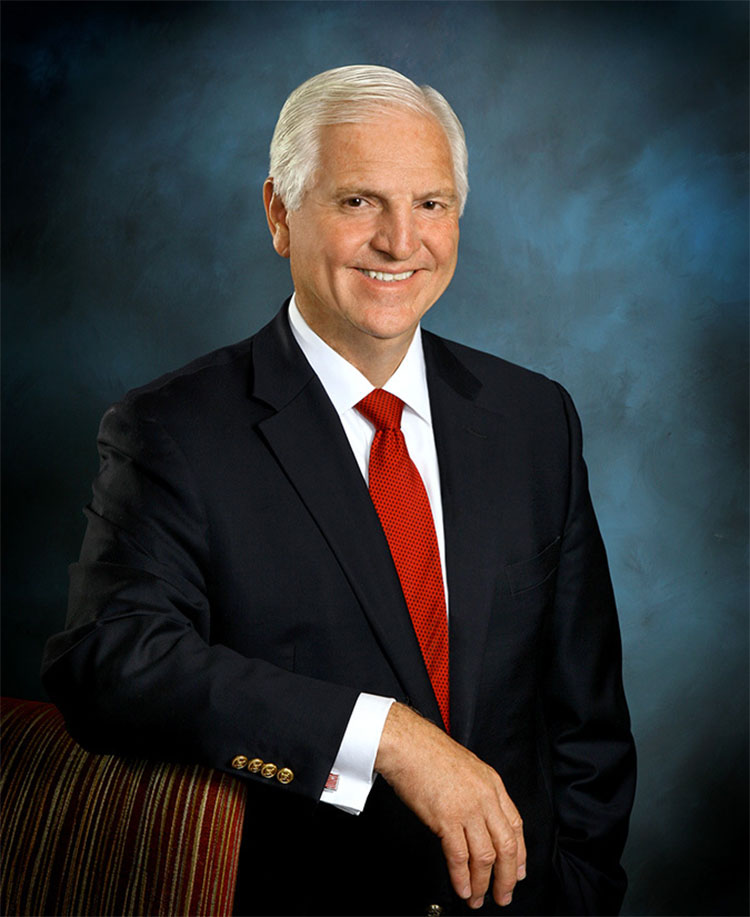How to Do What Matters Most — And Raise You Productivity Quotient

Whether at work and at home, we all have those occasional moments of total clarity where we know exactly what we should be doing, where we want to end up, and which tasks are the most important for getting us there. Unfortunately, the brain doesn’t tend to linger there for long.
That’s why we also have many more moments lost in mindless Instagram scrolling or fending
off the seemingly endless list of to-dos.
The key is to take control of our schedules and do what matters most. Easier said than done, right?
Plot where you spend time
To put the focus on activities that most matter for increasing productivity, consider first starting by identifying where you or your team members tend to focus your attention.
Former President Dwight D. Eisenhower originally developed a version of a time-accountability matrix, however, with some modification, this
Do What Matters Most version helps people categorize tasks or behaviors into four quadrants:
The quadrant that represents the Do-What-Matters-Most tasks and where to maximize your time is Quadrant 2. This means that you will want to minimize time spent in the other three quadrants.
You likely know people who spend the majority of their time in each of these quadrants. Where do you spend most of your time? Where do you think your co-workers spend their time?
Maybe you know people who seem to skate by doing the minimal amount of work required for the job; those are Quadrant 3 or Quadrant 4 people and it’s often frustrating to work with them.
In any organization, it isn’t just the individual’s responsibility to meet objectives and goals — it’s also up to leadership. For example, maybe you know the leader who is always dropping tasks on his or her team that need to be done right now. That’s a person who is continually reacting to the crisis of the day and lives in Quadrant 1. This type of management style has a significant negative impact on a team.
Research indicates that people with the highest productivity quotient who have attained an optimal high performance and productivity balance spend approximately 20 percent of their time in Quadrant 1, approximately 60 percent of their time in Quadrant 2, and no more than 15 percent in Quadrant 3 or 10 percent in Quadrant 4. These numbers hold true for most industries.

High performers make Quadrant 2 their home
Interestingly, 80 percent of executives surveyed have no process for prioritizing their time in order to do what matters most. They rely on scattershot methods of leaving themselves post-it notes, making to-do lists, or delegating to an executive assistant — all of which are reactive and Q1 in nature.
Rather, those who effectively take control of their schedules and are able to spend the majority of time in Quadrant 2 have developed the three high-performance habits. The application of these habits increases productivity by 30 to 50 percent, while reducing stress.
The high-performance habits, considered The Big Three, are:
- Developing a written personal vision
- Setting roles and goals
- Doing pre-week planning
While these three activities sound simple, the reality is that less than 1 percent of people in the workplace apply these habits. Most people have good intentions and intend to do what matters most. But to move past the reactionary tasks and make adequate time to address the important work that will actually produce results means taking time to define a vision and set roles and goals, then being disciplined to do pre-week planning prior to beginning each week.
Developing these three habits will lead to a transformation — both personally and professionally. You will be able to schedule your priorities rather than prioritize your schedule and make time to do what matters most. Rather than just being successful in one area, you will lead a life by design and have a balance of success stories across the many areas of your life!
Written by Rob Shallenberger and Steven Shallenberger.
Bring the best of the CEOWORLD magazine's global journalism to audiences in the United States and around the world. - Add CEOWORLD magazine to your Google News feed.
Follow CEOWORLD magazine headlines on: Google News, LinkedIn, Twitter, and Facebook.
Copyright 2025 The CEOWORLD magazine. All rights reserved. This material (and any extract from it) must not be copied, redistributed or placed on any website, without CEOWORLD magazine' prior written consent. For media queries, please contact: info@ceoworld.biz










